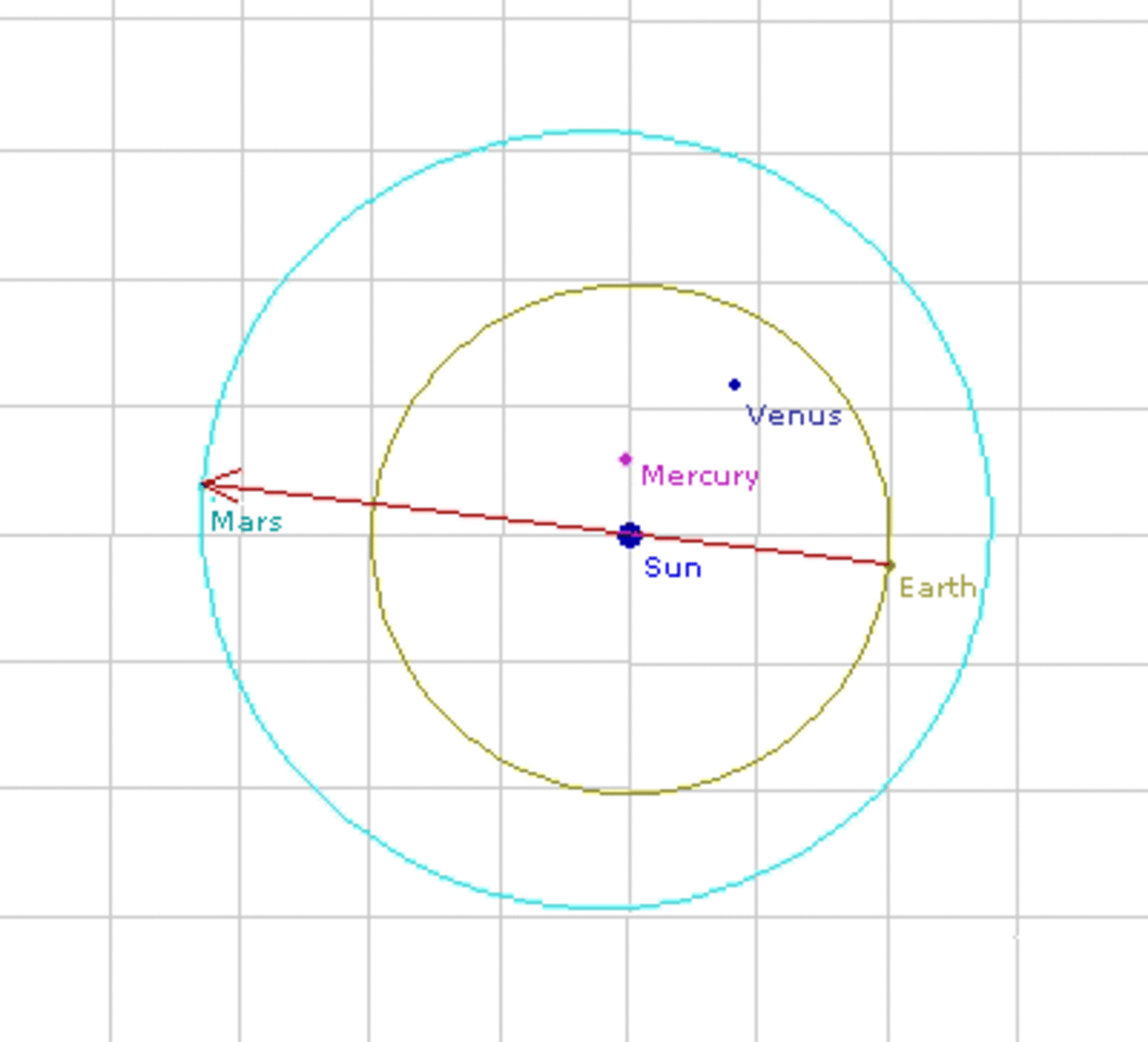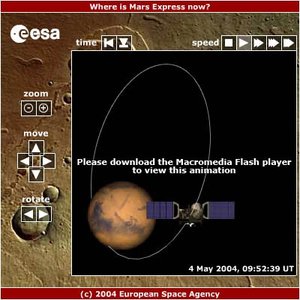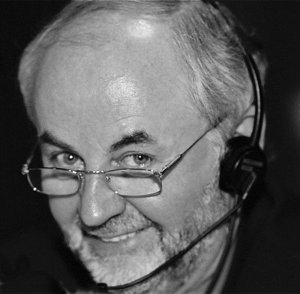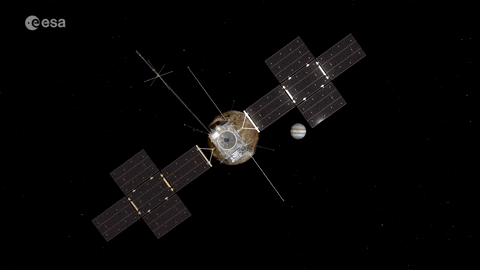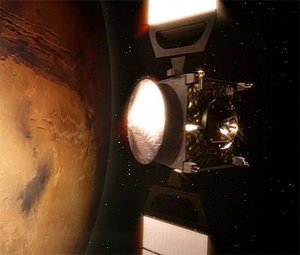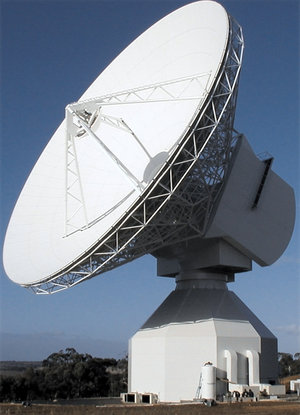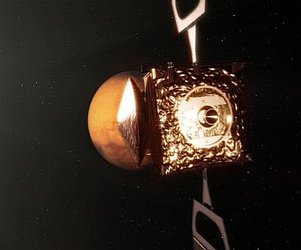Conjunction over, engineers wake Mars Express
For mission controllers, a solar conjunction means that a spacecraft, the Sun and Earth are in alignment. Yesterday, engineers successfully woke up ESA's Mars Express from a lengthy and long-planned 'nap' as it travelled out of a conjunction, avoiding potential communications interference from the Sun.
If you use a mobile phone, you have probably experienced static when a building or surrounding geography interferes with the signal between your handset and the receiving antenna.
During the recent conjunction, communications with Mars Express could similarly have been affected, but the interference, caused by the Sun's corona, was potentially more serious than just a dropped call.
On 22 August, Mars Express entered into a solar conjunction phase, and on 15 September the craft approached to within one degree away from the Sun as viewed from Earth. Mars Express itself was in no danger as it was in fact safely voyaging around Mars 399 million kilometres away from Earth on the opposite side of the Sun (see figure).
Solar conjunction threatens communications
The solar conjunction, however, meant that radio command signals travelling to and from Mars Express passed through the Sun's super-heated, super-active corona, which comprises the upper reaches of the Sun's atmosphere. This highly active area is a hotbed of strong electromagnetic radiation as well as a source of the intense particles that form the solar wind.
Had mission controllers attempted to transmit radio signals to Mars Express as the Earth-to-spacecraft line of sight skimmed by the Sun, chances are high that the signals would have been degraded or scrambled by interference from the corona. Commands might not get through (or only partially so) with unpredictable effects on the spacecraft's operation.
To cater for this event, flight controllers at the European Space Operations Centre (ESOC) in Darmstadt, Germany, had long planned for a 'blackout' period lasting from 22 August until 27 September in which Mars Express was placed in a minimum activity configuration with no science data being downloaded and only the barest of command signals being sent up.

"We had a one week preparation period going into blackout and the same to come out, with three weeks of 'stay still' in between," said Mars Express Spacecraft Operations Manager Michel Denis, adding, "We wanted the spacecraft to be as stable and quiet as possible."
Denis said that communications were not totally blocked during the conjunction. This allowed controllers to monitor the status of the spacecraft and in fact to collect and analyse samples of radio signals received from Mars Express that were distorted by the solar corona — precisely what radio astronomers do when they study solar activity. In space science, somebody’s noise is always somebody else’s signal.
Sleepy, low-rate communications
During the Mars Express quiet period, ESOC engineers maintained a 300-bit-per-second (bps) downlink channel open for daily, if highly limited, communication. This was just a trickle, however, compared to the usual 30- to 200-kilobit-per-second (kbps) science data downlink. The spacecraft was, for most intents and purposes, left undisturbed.
Yesterday, controllers on Denis's team received full signal from the spacecraft for the first time in over a month, and re-established a full daily routine of spacecraft communications, including transmitting signals in both the X- and S-bands.
Mars Express uses the the X-band (8-20 GHz) to transmit high-volume data back to Earth and for routine telecommanding, while the S-band (2.0–2.3 GHz) is used for radio-science activities and as a back-up communication channel.
To achieve this, engineers have been working since last week to reload scientific experimentation programs into on-board processors, verify communications and generally make sure that Mars Express is once again wide awake and ready for scientific exploration.
Recent Mars Express milestones:
Announcement that Martian atmospheric water vapour and methane seem to have a common underground source: 20 September 2004
Date of maximum distance from Earth: 5 September 2004 (399 003 620 kilometres)
Radio-signal travel time at this distance: 22.2 minutes
Date of last autonomous switch to 'Safe Mode': 15 March 2004


